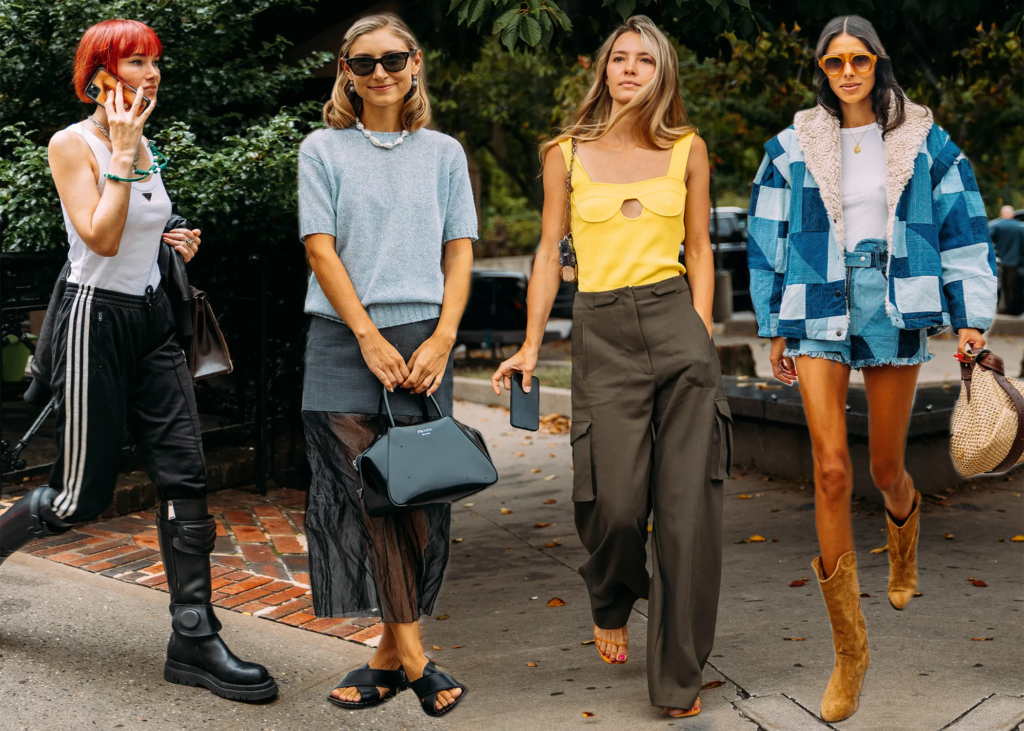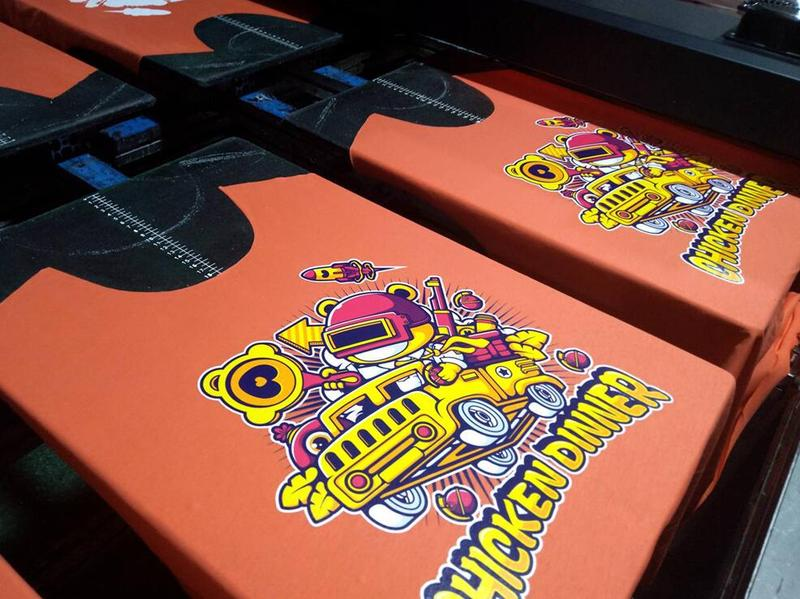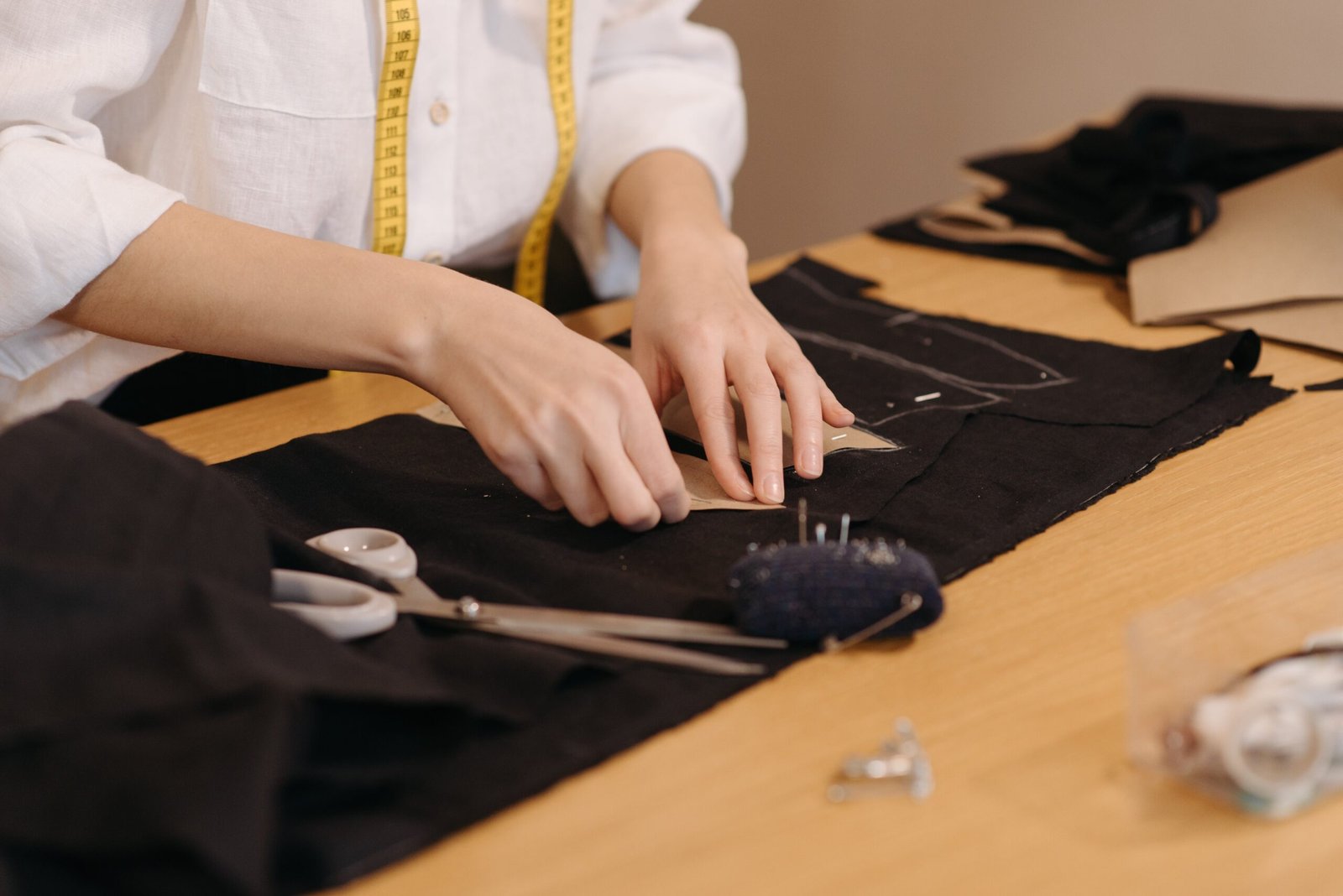Fashion is a dynamic and ever-evolving industry that reflects cultural, social, and economic changes. Among its many branches, high fashion and street fashion stand out as two distinct yet influential styles.
High fashion emphasizes quality, sophisticated designs, and luxurious materials. It often symbolizes status and prestige and is associated with famous brands, designers, and avant-garde collections. In contrast, street fashion emphasizes individuality and self-expression while being casual, edgy, affordable, and accessible. It is heavily influenced by popular culture, including hip-hop, video games, and youth culture.
As a professional streetwear manufacturer, we will draw on our years of industry experience to delve into the characteristics, differences, and unique appeal of high fashion and street fashion, helping you understand and decide which is more suitable for your brand or personal style.
What is High Fashion?

High fashion, often called haute couture, represents the pinnacle of luxury and exclusivity in the fashion world. Originating from the French term meaning “high sewing” or “high dressmaking,” haute couture is characterized by meticulously crafted garments made from the finest materials.
These pieces are typically designed by renowned fashion houses such as Chanel, Dior, and Gucci and are often showcased during prestigious fashion weeks in cities like Paris, Milan, and New York.
Key Characteristics of High Fashion
Exclusivity: High fashion pieces are usually produced in limited quantities, making them rare and highly sought after.
Craftsmanship: The emphasis is on superior craftsmanship, with skilled artisans often handmade each garment.
Luxury Materials: High fashion uses the best quality fabrics and embellishments, including silk, cashmere, and intricate embroidery.
Innovative Design: Designers in high fashion push the boundaries of creativity, creating avant-garde and trend-setting pieces.
What is Street Fashion?

Street fashion, on the other hand, is rooted in urban culture and reflects the everyday styles of people on the streets. It emerged from the grassroots level, influenced by various subcultures such as skateboarding, hip-hop, and punk.
Street fashion is known for its accessibility, practicality, and its ability to adapt to current trends quickly. Brands like Supreme, Off-White, and A Bathing Ape are synonymous with street fashion, often collaborating with artists and other brands to create unique and limited-edition pieces.
Key Characteristics of Street Fashion
Accessibility: Street fashion is generally more affordable and widely available compared to high fashion.
Comfort and Practicality: The focus is on comfortable, wearable clothing that fits an active lifestyle.
Cultural Influence: Street fashion draws heavily from various music, art, and cultural movements, making it a mirror of contemporary society.
Trend-Driven: Street fashion is highly responsive to trends, with new styles and collaborations appearing frequently.
Why is Street Fashion Popular?
Street fashion’s popularity can be attributed to several factors:
Inclusivity and Accessibility: Unlike high fashion, street fashion is accessible to a wider audience. It’s not just for the elite but for everyone, making it inclusive and relatable.
Cultural Relevance: Street fashion is deeply connected to contemporary cultural movements, making it relevant and reflective of the times. It allows individuals to express their identity and connect with subcultures they resonate with.
Comfort and Practicality: The focus on comfortable and practical clothing appeals to many, especially those leading active urban lifestyles.
Creativity and Individuality: Street fashion encourages personal expression and creativity, allowing people to mix and match styles, create unique looks, and stand out in a crowd.
How Has Street Style Evolved Over the Years?
Street style has undergone significant evolution, influenced by various cultural, social, and technological changes:
Origins in Subcultures: Street style originated from subcultures such as punk, skateboarding, and hip-hop in the 1970s and 1980s. These movements emphasized individuality and rebellion against mainstream norms.
Rise of Streetwear Brands: In the 1990s, brands like Supreme and Stüssy began to emerge, blending street culture with fashion. These brands became iconic, setting the stage for streetwear’s mainstream success.
Collaboration with High Fashion: In the 2000s, the lines between high fashion and street fashion began to blur. Collaborations between luxury brands and streetwear labels, such as Louis Vuitton x Supreme, brought street style into the high fashion spotlight.
Influence of Social Media: The advent of social media platforms like Instagram and TikTok has significantly impacted street style. Influencers and celebrities can now set trends and reach a global audience instantly, accelerating the spread of street fashion trends.
Focus on Sustainability: In recent years, there has been a growing focus on sustainability within street fashion. Brands are increasingly adopting eco-friendly materials and ethical production practices, responding to consumer demand for more sustainable options.
Comparing High Fashion and Street Fashion
Cost and Accessibility
High fashion is often synonymous with high prices, reflecting the cost of premium materials and expert craftsmanship. These pieces are typically accessible only to the wealthy elite or fashion aficionados willing to invest in luxury items.
Street fashion, however, is designed to be more affordable and accessible to a broader audience. Its democratizing nature means that stylish, trend-forward clothing is available to anyone who seeks it.
Design and Aesthetic
The design philosophies of high fashion and street fashion differ significantly. High fashion is about creating art through clothing, often featuring elaborate designs, intricate details, and dramatic silhouettes. It’s about making a statement and often serves as a form of self-expression for the wearer.
Street fashion, conversely, emphasizes simplicity, comfort, and practicality. It’s about blending in while standing out, incorporating elements of urban life and subculture aesthetics.
Cultural Impact
High fashion has long been a symbol of status and sophistication, shaping and reflecting societal ideals of beauty and elegance. However, its exclusivity can sometimes make it seem out of reach for the average person.
Street fashion, with its roots in everyday life and subcultures, is more inclusive and relatable. It often acts as a barometer for current cultural and social trends, making it a powerful medium for expressing identity and belonging.
Conclusion
Ultimately, both high fashion and street fashion have their unique strengths and continue to influence each other.
The blending of these styles in recent years has given rise to a new wave of fashion that celebrates diversity, creativity, and inclusivity.
As a custom streetwear manufacturer, we embrace this dynamic interplay and strive to create pieces that reflect the best of both worlds, catering to the diverse needs and tastes of our clients.



